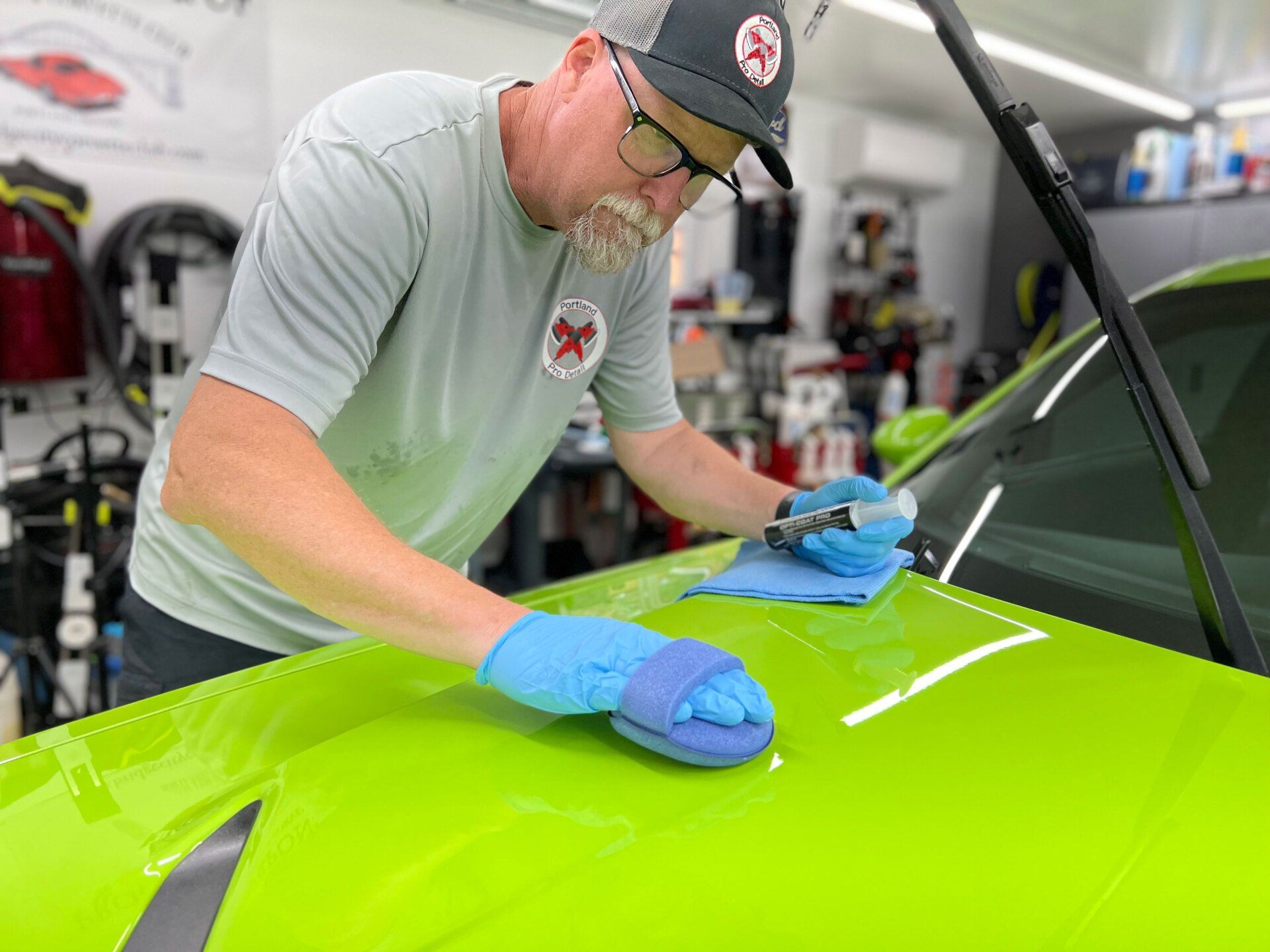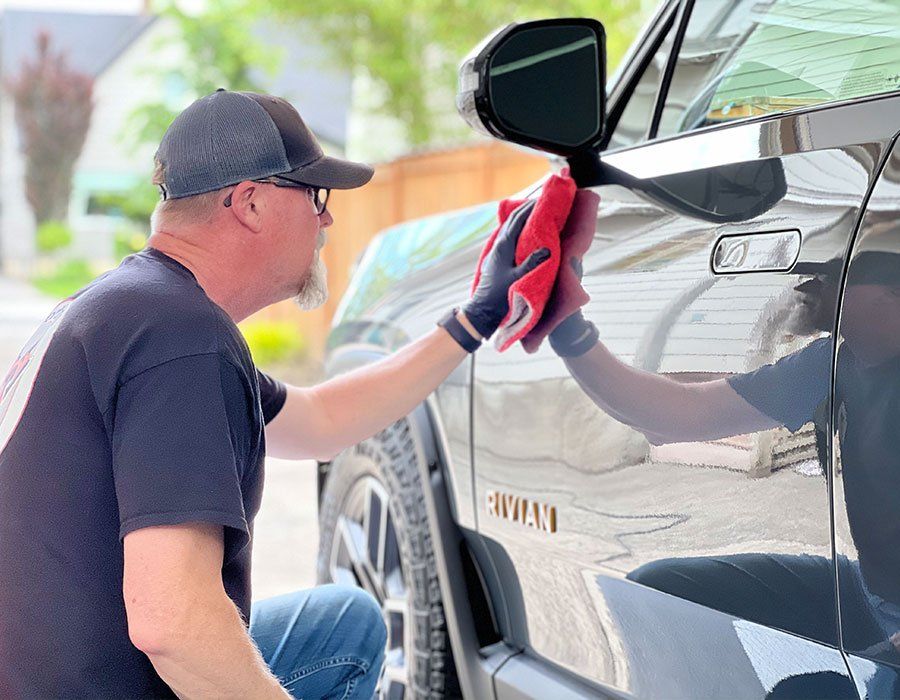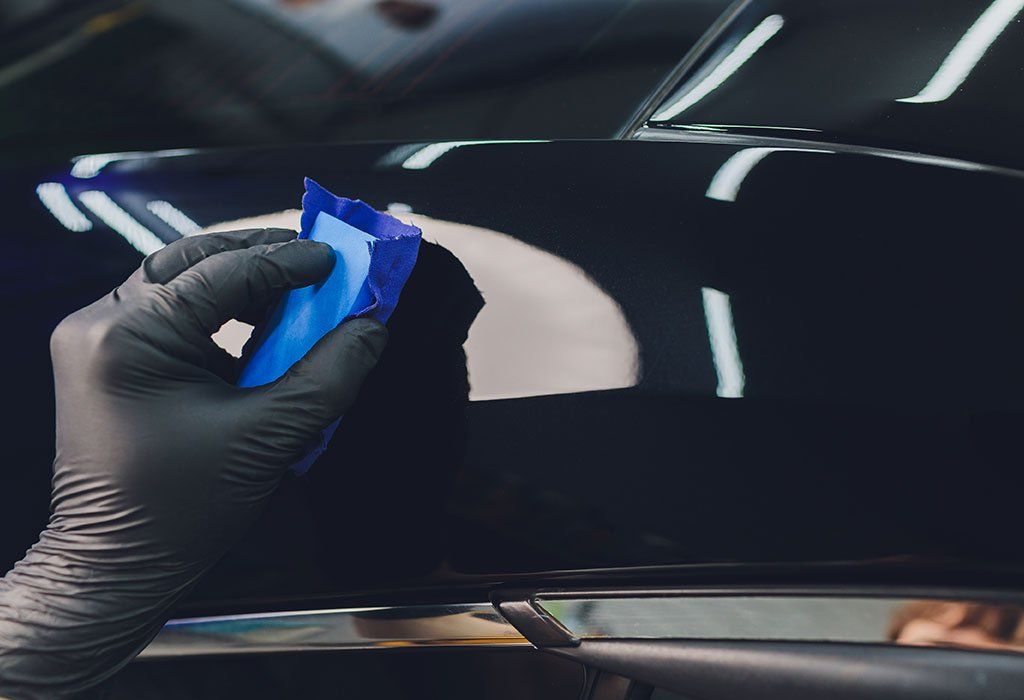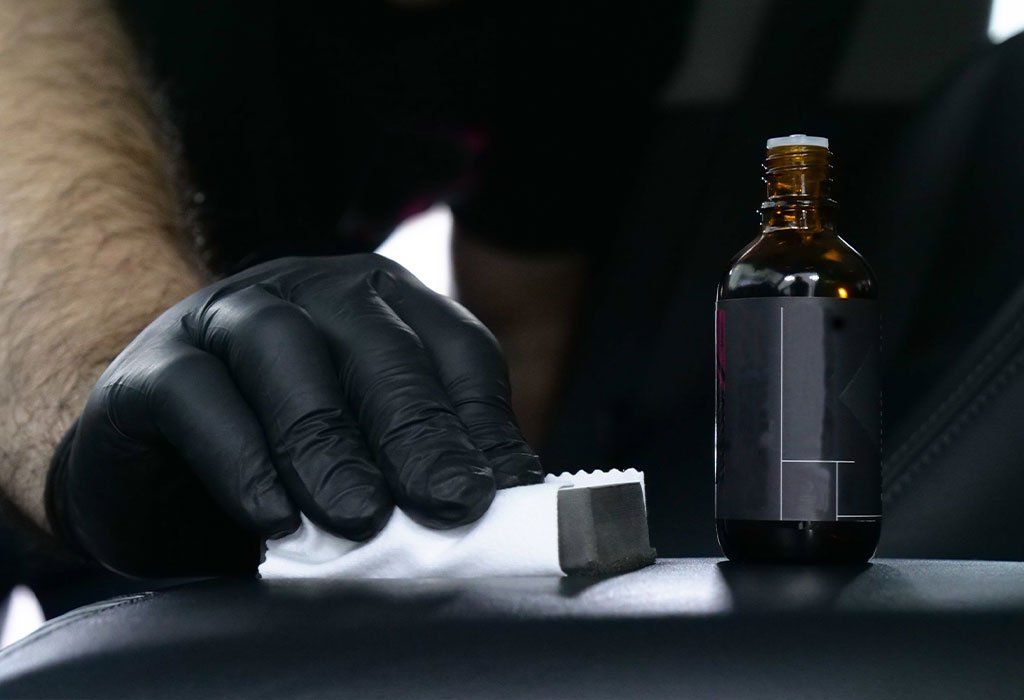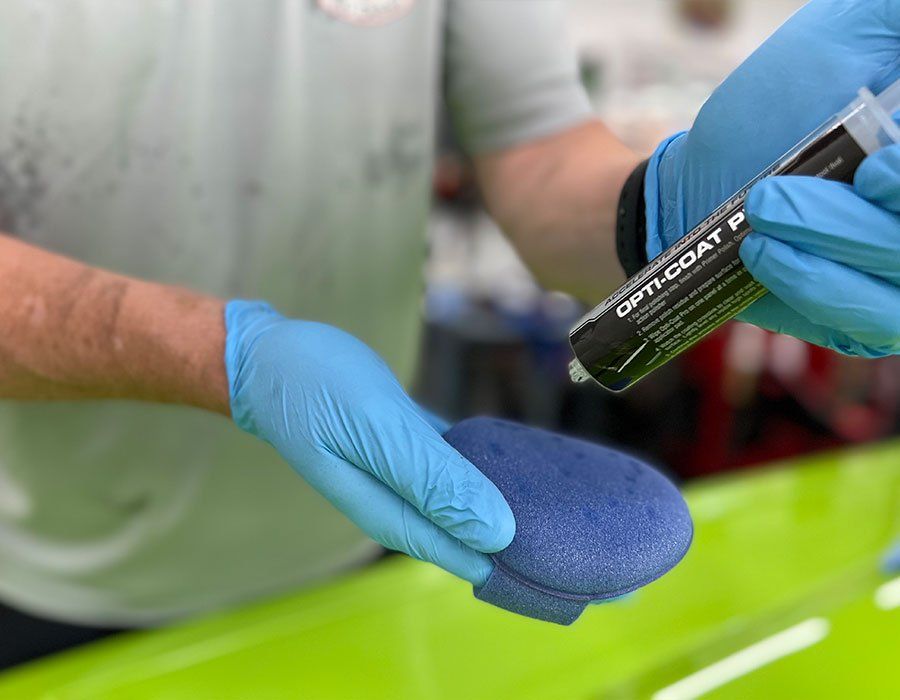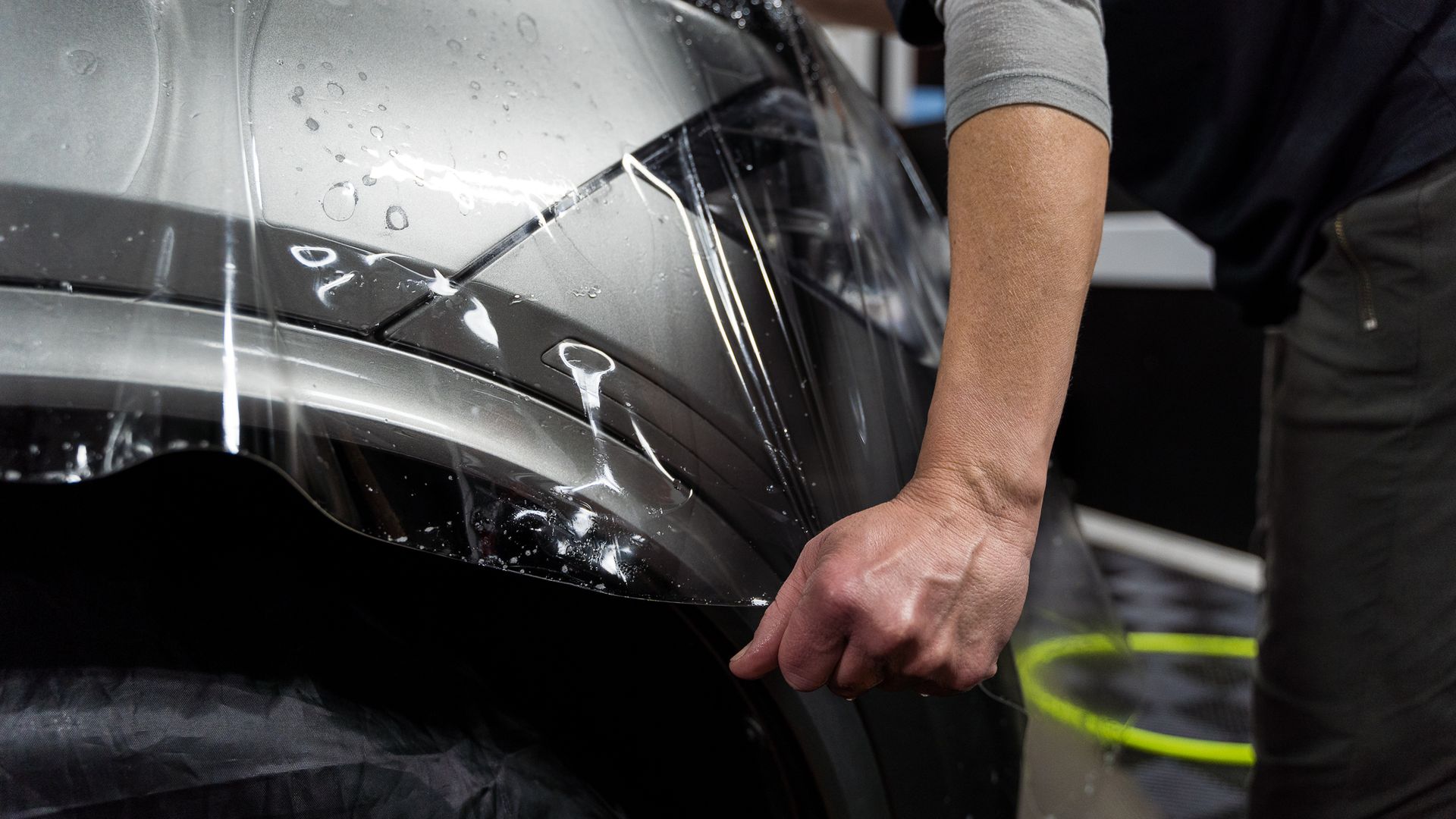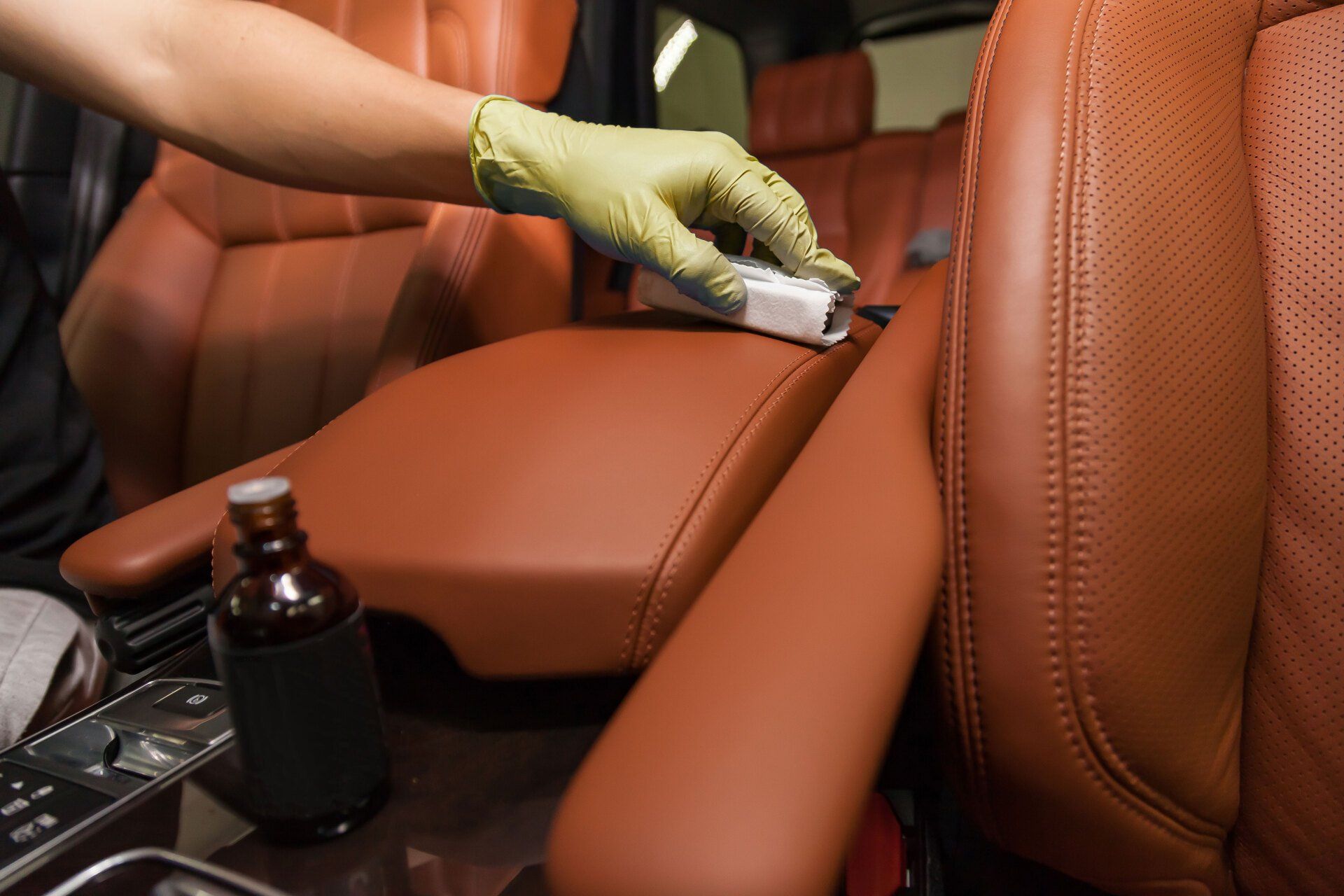Ceramic Coating: Is It Safe for Matte and Satin Finishes? Expert Insights
CALL (503) 444-7415
When it comes to keeping your car looking sharp, the right protection is essential—especially for matte and satin finishes. Many people love these unique surfaces for their sleek, sophisticated looks, but they also require special care. Have you ever wondered if ceramic coating could help preserve that fresh finish while shielding your vehicle from harsh elements? The good news is that it can, as long as you choose the right product. In this article, we’ll dive into what ceramic coatings are, how they work, and why it's crucial to use specialized formulations designed just for matte and satin surfaces, so your ride stays looking just the way you like it.
Yes, ceramic coatings can be safely applied to matte and satin finishes, provided that you use products specifically designed for these types of surfaces. It is crucial to understand that improper application may alter the desired matte look, so it is recommended to follow manufacturer instructions carefully and consider professional application for optimal results.
Ceramic Coating Basics
At its core, ceramic coating is a liquid polymer that bonds with your car's paint, forming a protective layer. This layer repels water, helping to keep your vehicle cleaner for longer by allowing dirt and debris to slide off more easily. It reduces oxidation and provides resistance against various environmental contaminants such as UV rays, bird droppings, and tree sap. Imagine being able to drive your car in the rain without worrying about water spots; that's precisely what a good ceramic coating can do!
Initially favored for glossy finishes due to its high-shine effect, ceramic coating has come a long way since its inception. Manufacturers have developed specialized formulations tailored specifically for matte and satin surfaces. These products are crucial because they help maintain the unique non-reflective quality that matte finishes are known for while still providing excellent protection. Traditional ceramic options could potentially alter matte paints by introducing unwanted gloss.
While understanding how ceramic coatings act on surfaces is essential, knowing their durability and specific care requirements is equally important. On average, the thickness of a ceramic coating layer ranges from 1 to 2 microns, only a fraction of what you might expect from traditional waxes or sealants. This thin layer is surprisingly strong and can enhance gloss levels by up to 30% compared to untreated surfaces—an impressive feat for those who appreciate added shine without compromising on style. The durability of these coatings typically lasts between two to five years, contingent on factors like the product used, environmental conditions, and the care taken in application.
As one navigates this realm of protection products, it’s critical to choose wisely. Not all ceramics are created equal; some may be designed for durability while others excel in aesthetic preservation. Reputable brands have garnered positive feedback among users seeking robust protection that does not alter their vehicles' original aesthetics. Finding an appropriate product starts with understanding the specific needs of your finish along with expert insights regarding application techniques.
Great attention must also be paid during application. Unlike traditional coatings for glossy finishes, where minor imperfections can be easily corrected, ceramic coatings on matte surfaces require meticulous handling. Improper application could result in irreversible effects—high spots or bands of shine that mar that highly desirable flat look. Inexperienced individuals should seriously consider professional help or at least invest time in understanding manufacturer guidelines before attempting a DIY approach.
The goal with ceramic coatings—regardless of finish—is to enhance protection without compromising beauty. By selecting the right product and adhering to proper application techniques, you can ensure your vehicle looks great while receiving steadfast protection against nature's harsh elements. Next, let’s explore how different products impact the appearance and longevity of various finishes.
When it comes to keeping your car looking sharp, the right protection is essential—especially for matte and satin finishes. Many people love these unique surfaces for their sleek, sophisticated looks, but they also require special care. Have you ever wondered if ceramic coating could help preserve that fresh finish while shielding your vehicle from harsh elements? The good news is that it can, as long as you choose the right product. In this article, we’ll dive into what ceramic coatings are, how they work, and why it's crucial to use specialized formulations designed just for matte and satin surfaces, so your ride stays looking just the way you like it.
Yes, ceramic coatings can be safely applied to matte and satin finishes, provided that you use products specifically designed for these types of surfaces, such as those from Dr Beasleys or Gyeon Matte. It is crucial to understand that improper application may alter the desired matte look, so it is recommended to follow manufacturer instructions carefully and consider professional application for optimal results.
Ceramic Coating Basics
At its core, ceramic coating is a liquid polymer that bonds with your car's paint, forming a protective layer. This layer repels water, helping to keep your vehicle cleaner for longer by allowing dirt and debris to slide off more easily. It reduces oxidation and provides resistance against various environmental contaminants such as UV rays, bird droppings, and tree sap. Imagine being able to drive your car in the rain without worrying about water spots; that's precisely what a good ceramic coating can do!
Initially favored for glossy finishes due to its high-shine effect, ceramic coating has come a long way since its inception. Manufacturers have developed specialized formulations tailored specifically for matte and satin surfaces. These products are crucial because they help maintain the unique non-reflective quality that matte finishes are known for while still providing excellent protection. Traditional ceramic options could potentially alter matte paints by introducing unwanted gloss.
While understanding how ceramic coatings act on surfaces is essential, knowing their durability and specific care requirements is equally important. On average, the thickness of a ceramic coating layer ranges from 1 to 2 microns, only a fraction of what you might expect from traditional waxes or sealants. This thin layer is surprisingly strong and can enhance gloss levels by up to 30% compared to untreated surfaces—an impressive feat for those who appreciate added shine without compromising on style. The durability of these coatings typically lasts between two to five years, contingent on factors like the product used, environmental conditions, and the care taken in application.
As one navigates this realm of protection products, it’s critical to choose wisely. Not all ceramics are created equal; some may be designed for durability while others excel in aesthetic preservation. Reputable brands have garnered positive feedback among users seeking robust protection that does not alter their vehicles' original aesthetics. Finding an appropriate product starts with understanding the specific needs of your finish along with expert insights regarding application techniques.
Great attention must also be paid during application. Unlike traditional coatings for glossy finishes, where minor imperfections can be easily corrected, ceramic coatings on matte surfaces require meticulous handling. Improper application could result in irreversible effects—high spots or bands of shine that mar that highly desirable flat look. Inexperienced individuals should seriously consider professional help or at least invest time in understanding manufacturer guidelines before attempting a DIY approach.
The goal with ceramic coatings—regardless of finish—is to enhance protection without compromising beauty. By selecting the right product and adhering to proper application techniques, you can ensure your vehicle looks great while receiving steadfast protection against nature's harsh elements. Next, let’s explore how different products impact the appearance and longevity of various finishes.
Expert Tips for Application
Professionals often emphasize the need for precision when applying ceramic coatings to matte and satin finishes. The characteristics of these surfaces mean that they do not disguise application mistakes as forgivingly as glossy surfaces do. A simple misstep can lead to an unsightly sheen or unintentional streaks that detract from the intended appearance. Thus, preparation is crucial, and an attitude of meticulousness is essential.
Expert Strategies
One foundational step before doing any actual application is the preparation of the surface. Washing with a pH-neutral soap to eliminate grime is paramount because any residue left behind might interfere with how well the coating bonds to the surface. Imagine your car's paint as skin; it’s vital to cleanse it thoroughly for optimal protection and aesthetics.
Step-by-Step Guide
When you're ready to go:
- Preparation: Start by washing and decontaminating the surface meticulously. Make sure you remove any dirt, wax, or other residues that could inhibit adhesion.
- Masking: Carefully use painter's tape to mask off any areas that should not be coated, protecting edges and trim pieces that might get overspray.
- Application: It’s best to work methodically by applying the ceramic coating in small sections. Use circular or crisscross patterns for even coverage—this technique ensures that all areas are equally treated without leaving gaps.
- Leveling: After applying, take a microfiber cloth and gently wipe off any excess material. This step is crucial to removing high spots, which can be particularly noticeable on matte finishes.
- Curing: Finally, allow the coating to cure as per the product instructions—most require about 24 hours without exposure to water or humidity. It’s like giving your new finish time to breathe and settle firmly in place.
Following these steps diligently will provide you with a layer of protection that enhances durability while preserving the unique aesthetic characteristics of matte and satin finishes. With practice and precision on your side, you'll soon find that applying ceramic coatings can be both an art and a science!
To sum up, ceramic coatings can be an excellent way to preserve and protect your matte and satin finishes, as long as you choose the right product designed specifically for these surfaces. By using the proper formulations and following meticulous application techniques, you can enhance your vehicle’s protection without compromising its original look. With careful attention to detail, a little preparation, and the right tools, your matte or satin finish can remain as stunning as the day you first laid eyes on it—protected from the elements and looking sharp for years to come. Don’t hesitate to seek professional help if you’re unsure, as the right expertise can ensure your investment is handled with the care it deserves.
Portland's Premier Ceramic Coating Experts
Ready to give your vehicle the protection it deserves? Portland Pro Detail offers top-tier ceramic coating services in Portland, OR, designed to keep your car looking pristine while providing lasting defense against the elements. Our expert team uses the highest quality products and proven techniques to ensure a flawless finish that enhances your vehicle’s appearance and durability. Whether you’re looking to shield your paint from dirt, water, or UV damage, our ceramic coatings deliver exceptional results. Contact us today to schedule your service and experience the ultimate in car care!
Portland Pro Detail Blog


